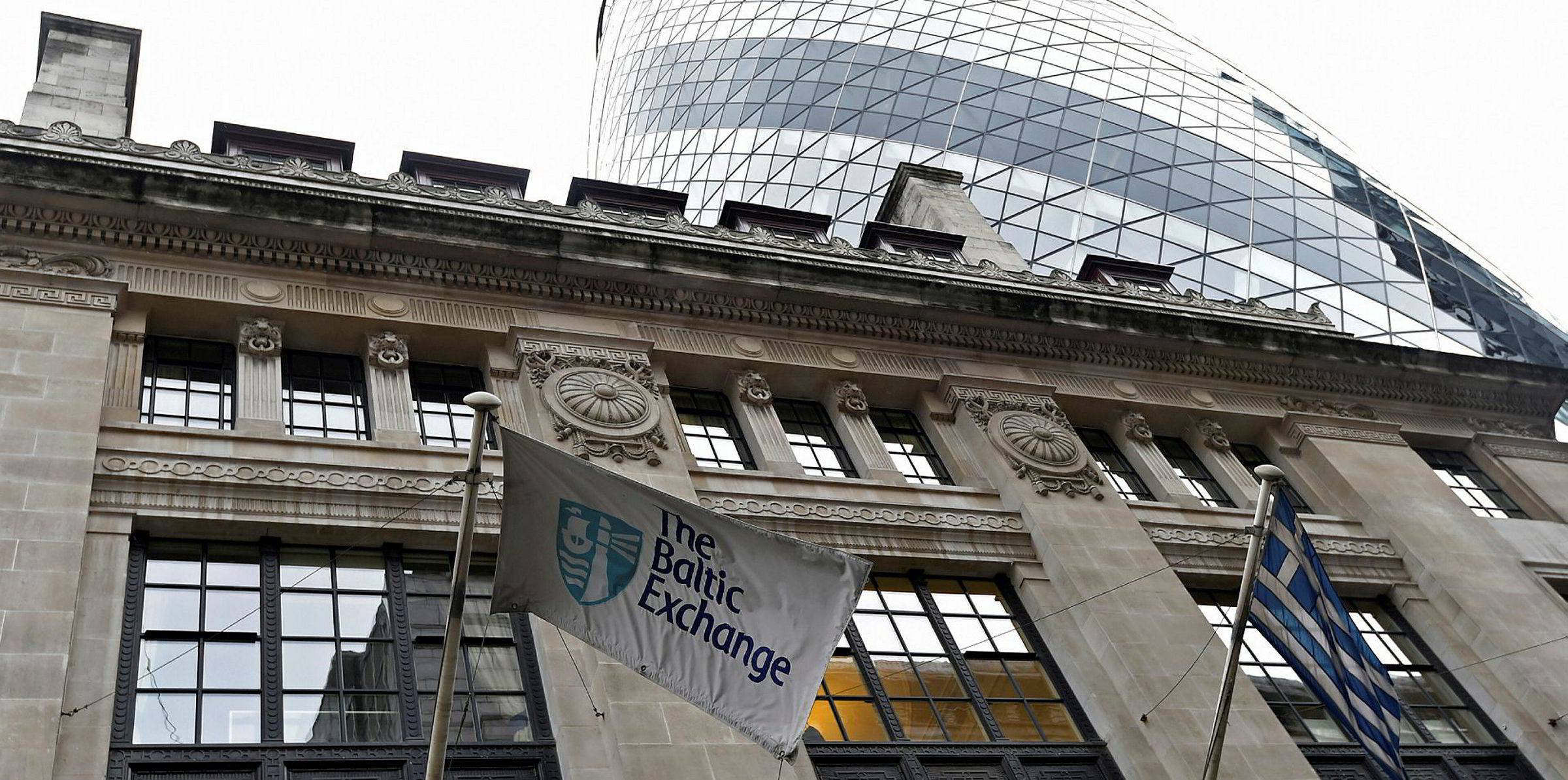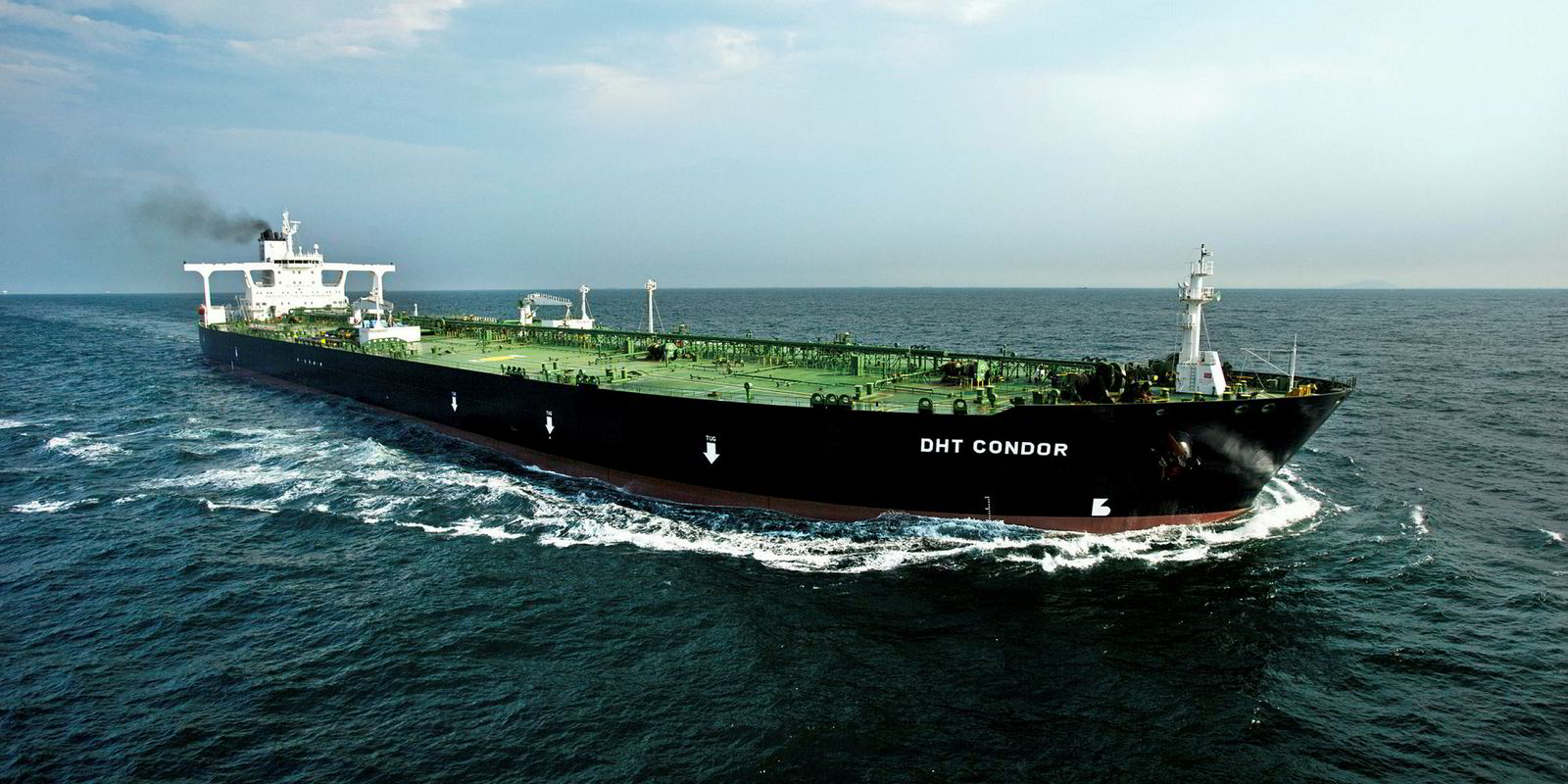Crude tanker markets will enjoy an earnings recovery from July after being dismal for the first half of this year, BRS has predicted.
According to tanker analyst Felipe Loachamin, a large number of newbuilding deliveries, the supply cut of Organization of Petroleum Exporting Countries and its allies, and US-related sanctions and trade tension will all hurt the tanker markets between January and June.
With those negative factors exacerbated by the refinery maintenance season in Asia, earnings of VLCCs, suezmaxes and aframaxes in various main trades have fallen to levels barely covering operating expenses this month.
However, BRS has forecast the large inflow of newbuilding tonnage will gradually be balanced out by incremental long-haul shipping demand and reduced vessel supply as a result of the IMO 2020 rules, while the 1.2-million-barrel-per-day (bpd) supply cut will only last until 30 June.
“For the first half of the year, you will see the freight rates going down. But coming to the second half, we will see the market pick up,” Loachamin told the Mare Forum Geneva.
For this year’s newbuilding deliveries, data from BRS affiliate Alphatanker showed 15 VLCCs, 12 suezmaxes and 13 aframaxes had been delivered by end-March. 63 VLCCs, 18 suezmaxes and 20 aframaxes are due for the rest of the year.
Still, on the demand side, Loachamin predicted more long-haul shipments to Asia with the region experiencing strong refinery capacity growth.
China is expected to raise its refining capacity by 1.1-1.2 million bod this year, while Malaysia and Brunei are to encounter a combined growth of 400,000-500,000 bpd.
This suggests Asia will need to increase crude imports from the US, whose production is projected to hike by 1.1 million bpd in 2019, according to BRS.
“Basically ships have to ballast [in the long-haul trade]. That take much of the tonnage [out of the market],” Loachamin said.
Moreover, the IMO has requested all vessels to consumer the more expensive 0.5%-sulphur fuels instead of high-sulphur fuel oil from 2020, unless they have scrubbers onboard.
BRS suggested many vessels aged 15 years or above could be scrapped because they are less fuel-efficient.
Retrofitting scrubbers on existing vessels would need three to five weeks of drydocking time, reducing the size of trading fleet in the coming quarters, according to BRS.





